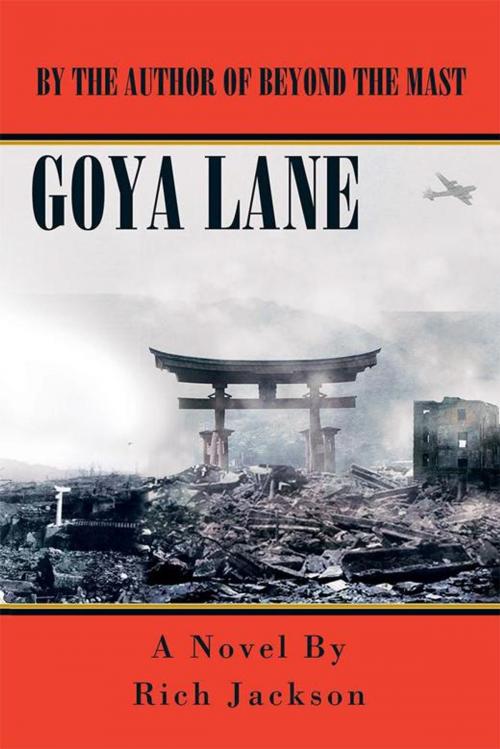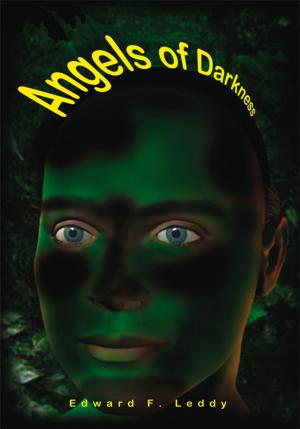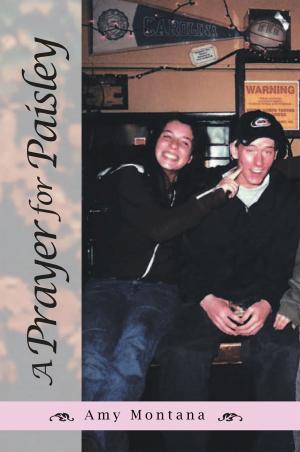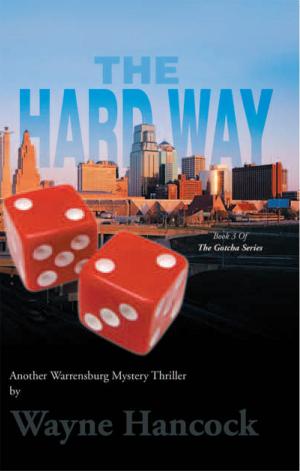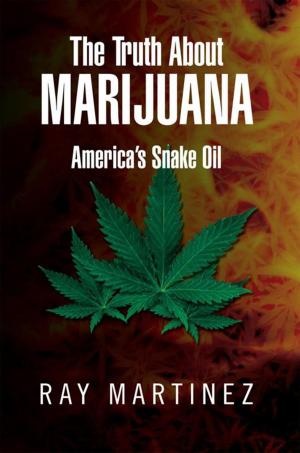| Author: | Rich Jackson | ISBN: | 9781503556621 |
| Publisher: | Xlibris US | Publication: | April 9, 2015 |
| Imprint: | Xlibris US | Language: | English |
| Author: | Rich Jackson |
| ISBN: | 9781503556621 |
| Publisher: | Xlibris US |
| Publication: | April 9, 2015 |
| Imprint: | Xlibris US |
| Language: | English |
When detective Hidaka investigates the murder of a young, Tokyo student, he recognizes it as the handiwork of Misaki Okano, the Saitama Murderer. Okano first came under police scrutiny as a member of Aum Shinrikiyo, the urban terrorist group that released Sarin gas in the Tokyo subway system. He was one of four who escaped through the labyrinthine, complex subway beneath the city. Goya Lane was inspired by the bombing of Japan in 1945 and the clear and present reality of a looming nuclear winter. In a growing climate of jihadist terrorism, ethnic fascism and geopolitical aggression, the world is in a race to acquire and stockpile nukes. The flashpoint will occur when radical extremists finally come into possession of a three-phase, stratospheric missile. That will be the last jihad. In Goya Lane, that reality is addressed. While in pursuit of Tokyos infamous Saitama Murderer and child abductor Misaki Okano, detective Hidaka and Captain Saito come up against Ryodan, a radical terrorist group dedicated to avenging Japans loss of imperial glory in the wake of Hiroshima and Nagasaki. In the extensive, underground railway systems of Tokyo, the largest in the world, the two men discover a society of third-generation bomb survivors, governed by the strict, jihadist-like control of Ryodan. The capture of Okano becomes all the more critical when it is discovered that he and his Ryodan counterparts have come into possession of a nuclear warhead. With forty-eight hours to locate the device, the detectives embark on a harrowing, underground odyssey. The time frame for detective Hidaka becomes all the more critical when he learns that his own daughter has just gone missing and the evidence points to Misaki Okano, the Saitama Murderer.
When detective Hidaka investigates the murder of a young, Tokyo student, he recognizes it as the handiwork of Misaki Okano, the Saitama Murderer. Okano first came under police scrutiny as a member of Aum Shinrikiyo, the urban terrorist group that released Sarin gas in the Tokyo subway system. He was one of four who escaped through the labyrinthine, complex subway beneath the city. Goya Lane was inspired by the bombing of Japan in 1945 and the clear and present reality of a looming nuclear winter. In a growing climate of jihadist terrorism, ethnic fascism and geopolitical aggression, the world is in a race to acquire and stockpile nukes. The flashpoint will occur when radical extremists finally come into possession of a three-phase, stratospheric missile. That will be the last jihad. In Goya Lane, that reality is addressed. While in pursuit of Tokyos infamous Saitama Murderer and child abductor Misaki Okano, detective Hidaka and Captain Saito come up against Ryodan, a radical terrorist group dedicated to avenging Japans loss of imperial glory in the wake of Hiroshima and Nagasaki. In the extensive, underground railway systems of Tokyo, the largest in the world, the two men discover a society of third-generation bomb survivors, governed by the strict, jihadist-like control of Ryodan. The capture of Okano becomes all the more critical when it is discovered that he and his Ryodan counterparts have come into possession of a nuclear warhead. With forty-eight hours to locate the device, the detectives embark on a harrowing, underground odyssey. The time frame for detective Hidaka becomes all the more critical when he learns that his own daughter has just gone missing and the evidence points to Misaki Okano, the Saitama Murderer.
